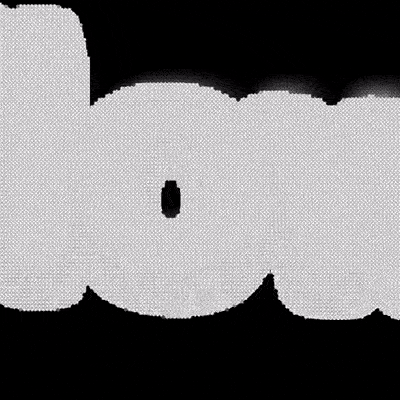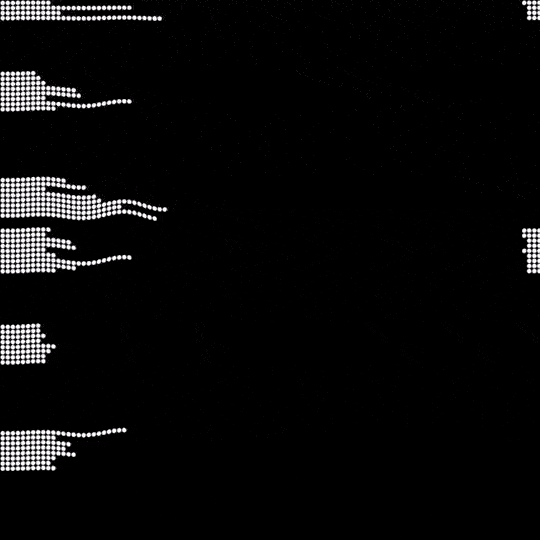






Hoàng: Animated Type Experiments
Hoàng is a Vietnamese animator who lives and works in Saigon. After getting a degree in graphic design he worked for a time doing branding and in-house design but became bored and went back to work at his family business. His reason for going back to design and working in animation is fascinating:
“When I first came to Instagram, I was very impressed with the moving typographic posters from the Western designers. I have seen many awesome poster designs before but it is all static. The endless animated poster makes me feel curious and I want to give it a try. I am never good at animation. When studying motion class, which is compulsory in university, I even fail once (or almost two). The motion pieces you see on Instagram were all done by After Effect. Making gifs gives me satisfy. I almost forget about the time when sitting here, in my room, watching these endless flashes on the screen.”
Hoàng was part of the Design in Motion Festival that was on all of the monitors at the Amsterdam Train Station on November 7th.
Go to his Instagram page to see his high resolution anmations. WARNING: There are instense strobing effects
No comments:
Post a Comment